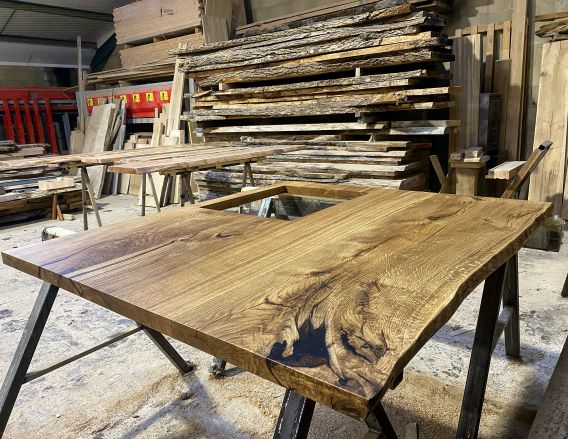Scaffolding is an important component of any construction project. It provides a platform for workers to access and work at heights safely. A good scaffolding system should be stable, sturdy, and versatile. Timber planks are a popular choice for scaffolding platforms due to their durability, strength, and versatility. We will discuss the benefits of utilizing timber planks for scaffolding in this post and why they are a flexible option for your scaffolding requirements.
Advantages Of Timber Planks For Scaffolding:
Durability:
Timber planks are known for their strength and durability. They are made from high-quality timber, which can withstand harsh weather conditions and heavy loads. As a result, they won’t require regular maintenance or replacement and may be utilized for an extended period of time. This durability makes them an ideal choice for construction projects that last for several months or years.
Versatility:
Timber planks are versatile and can be used for a wide range of scaffolding applications. They can be used as a work platform, a walkway between scaffolding bays, and a base for sustaining scaffolding frameworks. Additionally, they can be reduced to various lengths to accommodate various scaffolding requirements. This adaptability renders them a cost-effective option for construction projects requiring various scaffolding configurations.
Easy To Install:
Timber planks are easy to install and require minimal tools and equipment. They can be quickly assembled and disassembled, which makes them ideal for construction sites where scaffolding needs to be moved frequently. They may also be conveniently moved to and from the building site, making them an ideal solution for distant construction projects.
Safe:
Timber planks are safe to use and provide a stable platform for workers to stand on. They are designed to prevent slipping and sliding, which reduces the risk of accidents and injuries. They can also be treated with non-slip coatings or paint to increase their grip and prevent accidents.
Environmentally Friendly:
Timber planks are environmentally friendly and can be recycled or reused after they are no longer needed for scaffolding. They are made from renewable resources, which makes them a sustainable choice for construction projects. They also have a reduced carbon footprint compared to other scaffolding materials, which makes them an eco-friendly choice for construction companies that want to reduce their environmental impact.
Applications Of Timber Planks For Scaffolding:
Residential Construction:
Timber planks are commonly used in residential construction projects to provide a platform for workers to stand on. They are simple to erect and disassemble, making them suitable for construction sites with limited space. They can also be trimmed to various lengths to accommodate various scaffolding designs.
Commercial Construction:
Timber planks are also commonly used in commercial construction projects to provide a stable platform for workers to stand on. They can be used for scaffolding applications such as painting, plastering, and electrical work. Additionally, they can serve as the foundation for scaffolding frameworks.
Infrastructure Projects:
Timber planks are also used in infrastructure projects such as bridge construction and repair. They provide a stable platform for workers to access and work on the bridge structure safely. To make it simple for employees to reach scaffolding bays, they can also be used as walkways.
Maintenance Projects:
Timber planks are also used in maintenance projects such as roof repair and gutter cleaning. Workers may access and operate on the roof structure from these platforms, which are secure and solid. They are perfect for projects with many work locations since they are lightweight and can be moved and adjusted with ease.



